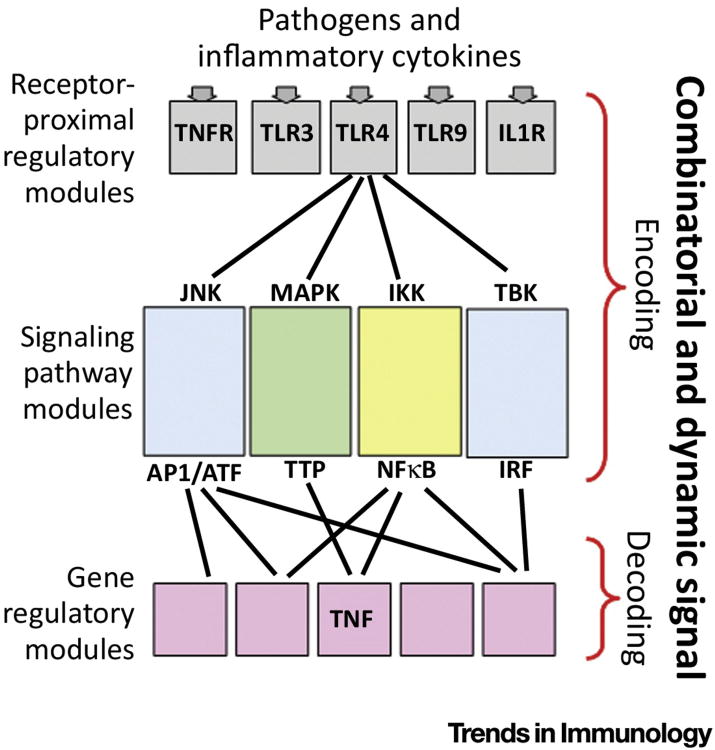Figure 1. Encoding and Decoding of Inflammatory Signals.
Schematic of the immune response signaling network, emphasizing a modular structure. In this view, receptors that sense the presence of pathogen-derived substances or inflammatory cytokines engage receptor-proximal regulatory modules that trigger the activation of several signaling pathways. These pathways regulate the activities of transcription factors or other regulators that combine in gene regulatory modules to control immune response gene expression. For example, endotoxin binding to TLR4 is known to trigger the activation at least four kinases; two downstream effectors are known to control TNF protein expression [5]. Gottschalk et al. show that the endotoxin dose-response behavior of MAPK and NFκB are quite distinct, supporting the view that cells encode the presence of pathogens in both combinatorial and dynamic intra-cellular signaling events, allowing gene regulatory modules to decode these to produce gene expression that is both ligand- and dose-appropriate. TNFR: Tumor necrosis factor receptor, TLR: Toll-like receptor, JNK: c-Jun N-terminal kinase, MAPK: mitogen-activated protein kinase, IKK: IκB kinase, TBK: TANK binding kinase, AP-1: activator protein 1, ATF: activating transcription factor, TTP: tristetraprolin, IRF: interferon regulatory factor.

